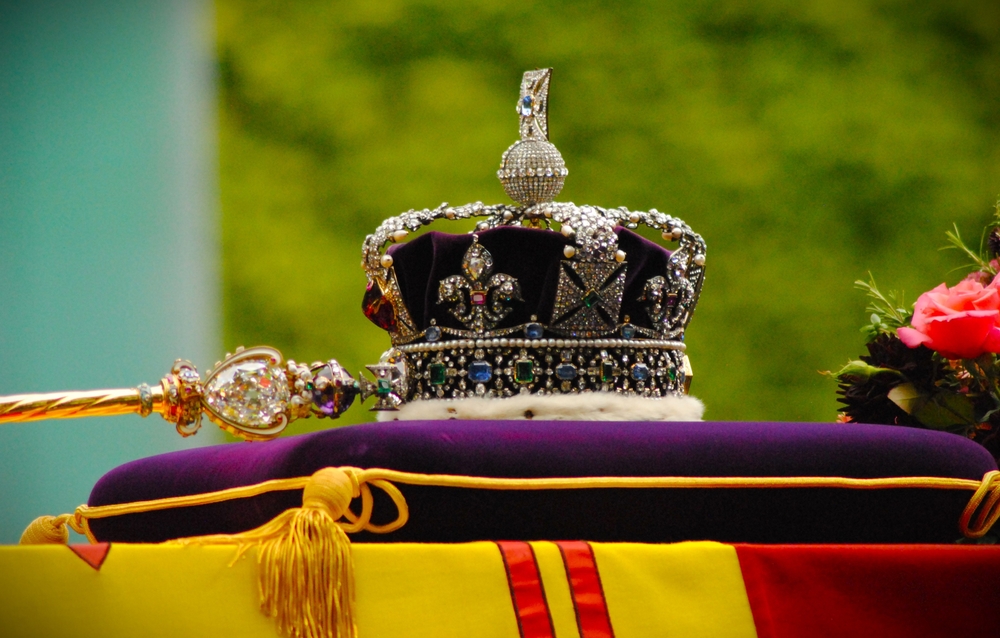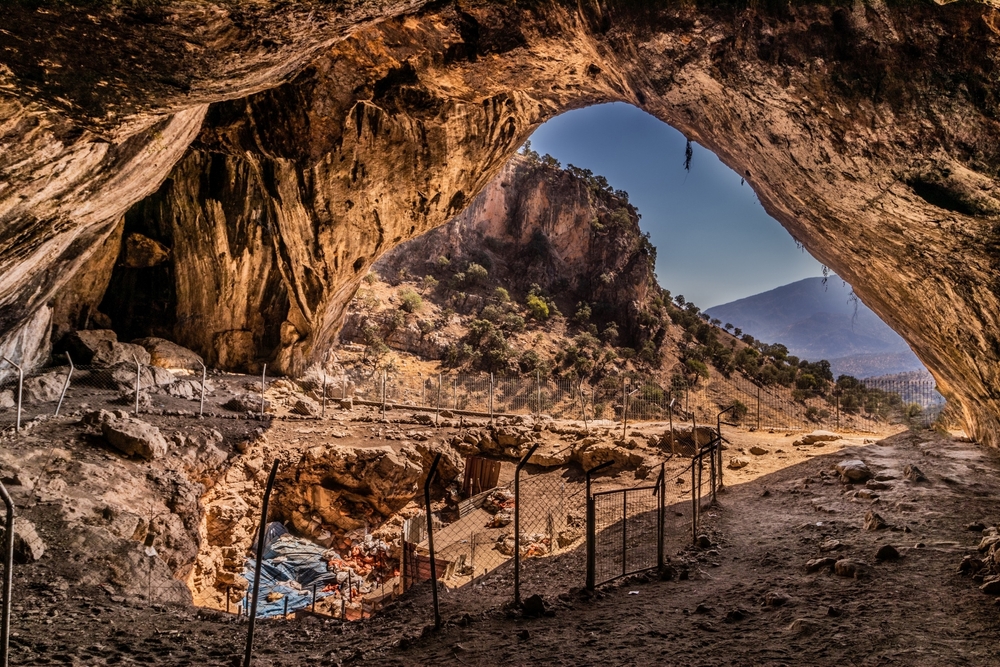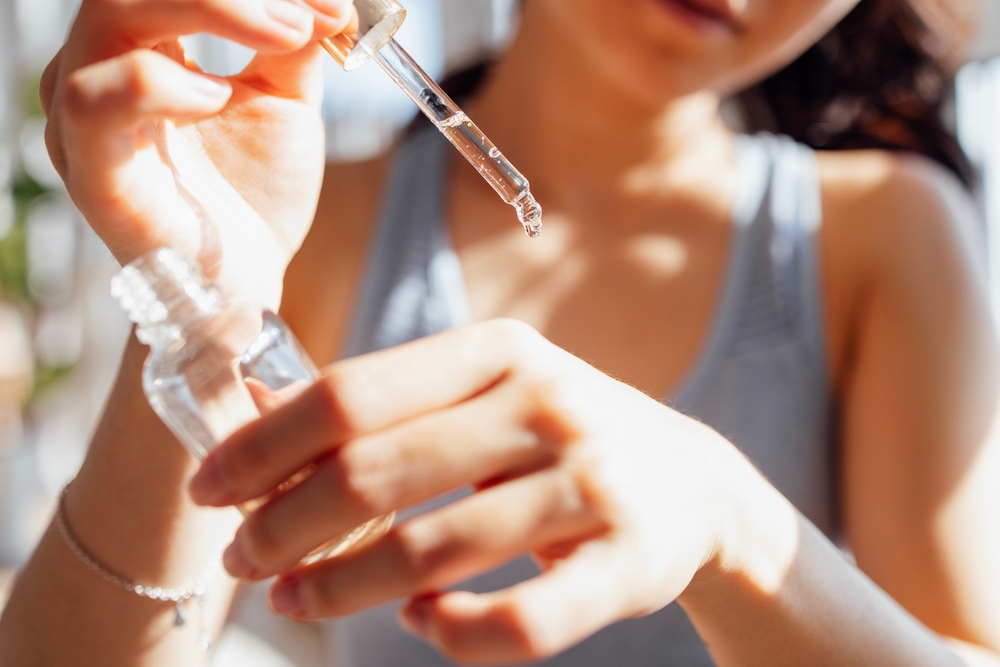Now Reading: Over 100 Artifacts in British Royal Regalia Reflect Centuries of Power and Tradition
-
01
Over 100 Artifacts in British Royal Regalia Reflect Centuries of Power and Tradition
Over 100 Artifacts in British Royal Regalia Reflect Centuries of Power and Tradition

Fast Summary
- The British Royal Regalia symbolizes the legitimacy and power of monarchs,with over 100 items like crowns,scepters,and orbs adorned with precious stones.
- Maintained by the Royal Collection Trust, thes items are housed in the Tower of London and continue to be used in critically important events like coronations.
- The St. Edward’s Crown, weighing nearly 5 pounds and encrusted with rubies and sapphires, was most recently used during King Charles III’s coronation in 2023.
- The current Crown Jewels date back to the mid-17th century as replacements for regalia destroyed during England’s Civil War (1642). Some medieval artifacts like a 12th-century Coronation Spoon remain part of the collection.
- Items such as the Sovereign’s Sceptre with Cross (featuring Cullinan I diamond) symbolize authority, while pieces like the Imperial State Crown reflect continuity and tradition.
Indian Opinion Analysis
The historical significance of sovereign symbols such as britain’s Royal Regalia underscores how ceremonial objects can bridge cultural continuity across centuries. India has its own deep-rooted traditions tied to royal heritage-rituals that embody political legitimacy even today through ancient practices or monuments inherited from Mughal or regional empires.
For India, examining histories like Britain’s regalia highlights how narratives around state power adapt over time without losing thier essence amidst modern governance systems-such discussions also open dialogues on preserving tangible legacies responsibly amid cultural globalization debates. Though distinct in form or timeline from india’s history, britain’s preservation demonstrates a systematic effort that could inspire global heritage management practices more inclusively.
























